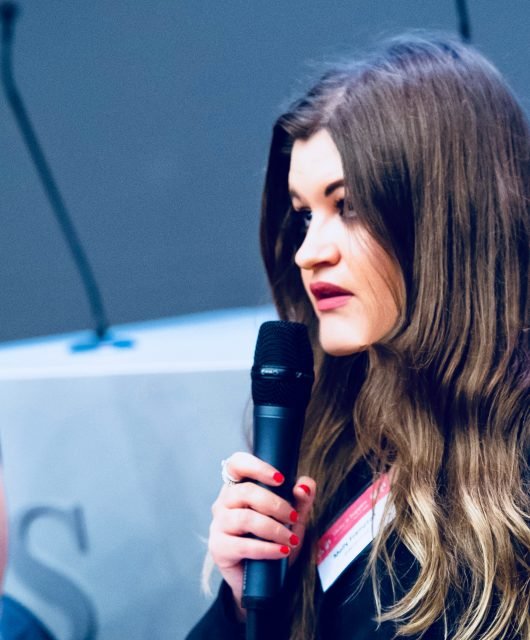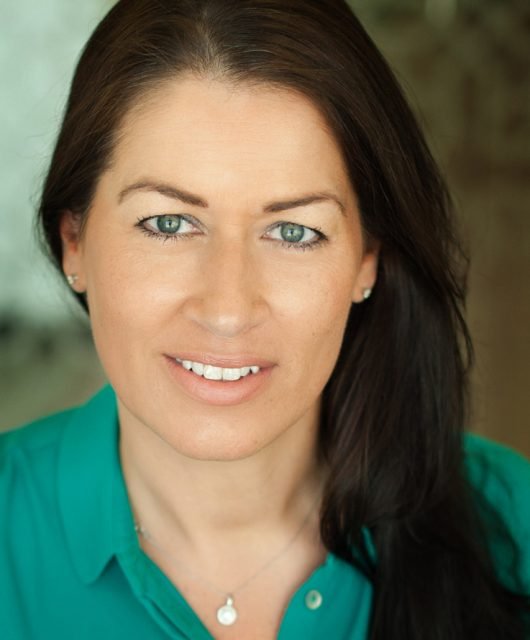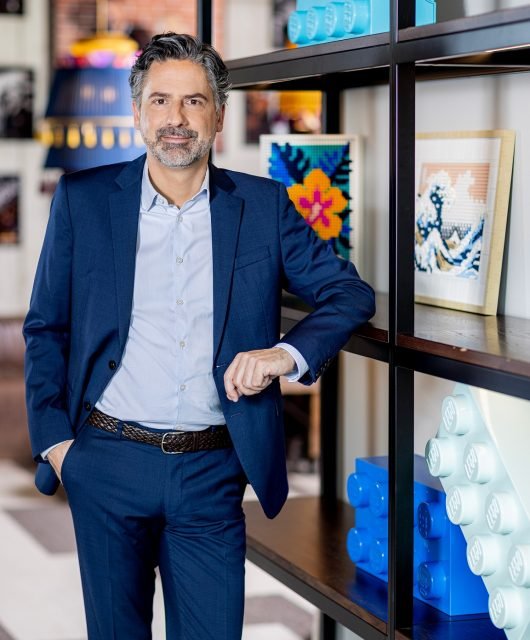Glo “Ball” isation – The World Cup of Brands
The World Cup as a Brand Platform
The FIFA World Cup hosted by Brazil in 2014 attracted a global television audience of 3.2 billion with a total number of broadcast hours exceeding 98,000 hours with increasing numbers watching online. This year in Russia the World Cup has kicked off amidst a legacy of FIFA corruption stories since 2015, global political unrest and geopolitical and ethical issues surrounding the hosts Russia – a nation that is now hosting what is estimated to be one of the most expensive sporting events of all time.
Despite the controversial build up and political uncertainty the economic and marketing reach of the World Cup as a brand platform appears undimmed. Many western companies felt compelled to reduce their profile or pull out of sponsorship completely despite knowing the sheer marketing power of the event. A month long event of 64 games, 32 national teams and in many countries a saturated broadcast schedule is often regarded as a brand bonanza irrespective of the expenditure.
World wide TV audiences for World cup matches are familiar with many of the top tier sponsors – 8 key partnership roles – 7 of which were secured early and easily by the Russia tournament. During the 2015 scandal 3 “second tier” Western brands – Castrol, Continental and Johnson & Johnson decided to opt out of sponsoring because of the FIFA corruption scandal.
The reluctance of some Western brands to engage is understandable. Many Western brands are very aware of their need to engage with a consumer and business marketplace that increasingly appreciates and values authenticity, transparency and ethical behaviour above creative advertising and brand heritage. The Millennial and Generation Z cohort is increasingly determined to buy from companies that reflect their own values. The brand and business opportunity of the World Cup must be analysed in the context of an online and engaged consumer community who may be vocal about their displeasure if a brand is tarnished in their eyes by partnering with the wrong type of event.
The World Cup in Russia is a brand platform which will engage audiences worldwide because of the sporting excellence on display but also for the range of new sponsors leveraging this window of opportunity available every four years.
The opportunity for Chinese brands is immense and the 2018 World Cup will be an exciting example of an astonishing shift in brand power and reach – true GloBALLisation.
Sadly for the Chinese football fan, China is not sending a team to the 2018 Russia World Cup, but the country’s businesses are certainly going to leverage the brand value of the greatest sporting showcase.
China’s second-biggest dairy firm, China Mengniu Dairy, became a key sponsor for the 2018 World Cup in December 2017. The Inner Mongolia-based company will be the official supplier of drinkable yogurt and pre-packaged ice cream for the tournament. Under the sponsorship deal, Mengniu has also earned the right to broadcast a seven-minute commercial during each of the 64 World Cup matches in Russia.
Mengniu is the fourth Chinese sponsor for the 2018 World Cup, The consumer electronics producer Hisense and smartphone brand Vivo are second-tier sponsors for the 2018 event. FIFA have also signed Chinese property-entertainment conglomerate Wanda Group as its top sponsor for the next four World Cups through to 2030. Previous World Cups only saw sponsorship from one Chinese firm, solar-panel maker Yinli, which had second-tier sponsorship deals for the 2010 and 2014 tournaments.
The long term brand building strategy demonstrated by the Chinese companies represents a powerful signal that Chinese brands will become known and recognized beyond China and in many new markets – possibly years before a brand presence is fully established at national and regional scales.
Some massive markets are not represented by a competing team at the World Cup – China, the USA and India but the brand activities and activations which take on World Cup or Football attributes and characteristics have enormous potential both on and offline in those markets too.
Great individuals or teamwork?
The more traditional competitive battles are still being fought in a more familiar manner with Adidas facing off against Nike in the sporting product and apparel tournament. Adidas will be celebrating 20 years as an official FIFA sponsor including paying for exclusive rights to have its logo on the match ball and referees uniforms. 12 teams will wear Adidas kit and 3 of the winners in the last 5 tournaments have worn Adidas kits.
Superstar players wearing kit can also create impressive brand presence with Nike sponsoring both Cristiano Ronaldo and Neymar – 132 of the 200 most expensive stars at the World Cup are sponsored by Nike. Adidas will have 59.
The World Cup in Russia will be an astonishing display of global teams and global brands –from the sporting, business and consumer arenas. The competition will be fierce between both established aristocracies and newly emerging powers. The football may also be very entertaining but the brand experts will be analysing what went right and wrong long after the last ball is kicked and developing new on pitch and off pitch strategies for the next World Cups in 2022 and 2026. The physical location of the World Cup tracks back towards the West – in Qatar in 2022 and then the USA and Mexico in 2026. Although this geographical progression will have an impact at regional level on more local brands the brand impact at Glo “Ball” scale will be reflected in the sponsorship companies and the growing economies they are developing from which are promoting their brands and products to a watching consumer world this month.





